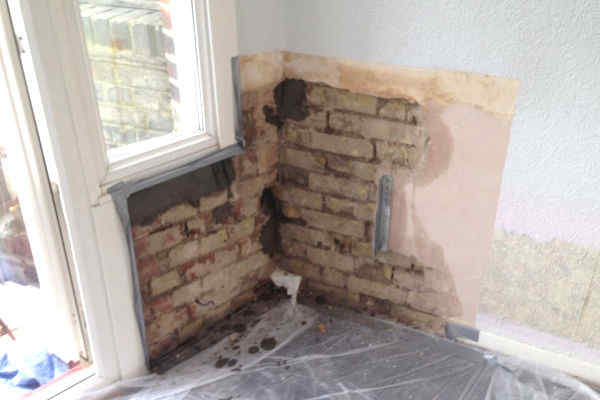The Many Moulds That Attack London Homes: An Overview
We have a wet and dull climate here in the UK and that creates an ideal environment for mould and mildew to grow. Parts of London sit on a combination of clay and bedrock and heavy moisture content is usually the result; if the environment is right for fungal growth, any of the following could appear in your London home.
- Penicillium – Greenish-blue and white mould, which can grow on walls, ceilings and even fabric. Known to cause allergies and breathing problems, call in the professionals to deal with this fungus.
- Aspergillus – Typically green, brown or yellow, found on damp walls and window frames. A dank smell is usually present and this fungus can spread quickly in still and humid environments.
- Black mould – Stachybotrys is the official name; prolonged exposure to black mould can lead to serious respiratory disease. Commonly found in dark places with long-term damp, we recommend vacating the room(s) until we have finished the remedial work and the area is fungi-free.
- Cladosporium – Dark green or black mould found on damp surfaces; lack of ventilation helps this mould to replicate; a good airflow helps keep it in check.
- Alternaria – A fuzzy and fluffy texture, typically found in kitchens and bathrooms. Clean away visible mould with powerful cleaning agents and ventilate the room well.
- Chaetomium – A white, fluffy material that is found in wet and dark places; associated with heavy water damage, the damp issue needs to be fixed first, then cleaning and repainting would solve the issue.
- Aureobasidium – Typically pink or brown and is found on damp timber, this fungus needs to be removed, then the timber prepared and repainted.
We recommend taking a proactive approach to damp and mould; call London Damp Specialists on 020 7458 4864 and we will be in touch to arrange a comprehensive damp inspection.
Mould and mildew are health hazards
If a person has extended exposure to mould in a closed environment, this can have a negative impact on your health; the fungi release minute spores that stay airborne and inhalation is unhealthy. If you have been away for a few weeks and when you returned, you noticed a dank smell in the house, examine every room carefully, looking for any visible signs of fungal growth.
Identifying the source of moisture
Aside from cleaning up and removing the fungi, you need to identify the root cause and carry out damp proofing repairs. Our damp surveyors use cutting-edge equipment to determine the presence of moisture and mould and we quote for recommended remedial work. If rising damp is the problem, the damp proof course should be inspected; it is a thick black line between floor level brickwork, older homes have bitumen-based DPC membrane, while newer builds (post-1970s) use a heavy-duty plastic that lasts for many years.
Be proactive and arrange for one of our damp surveyors to inspect your home; we issue a detailed written report within 24 hours of finishing the inspection.
Call on 020 7458 4864 or enter the required information in our online form and we’ll be in touch!

